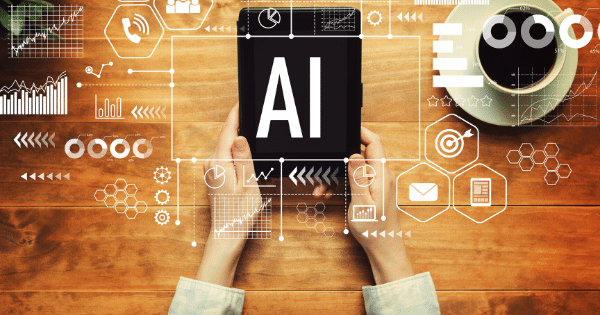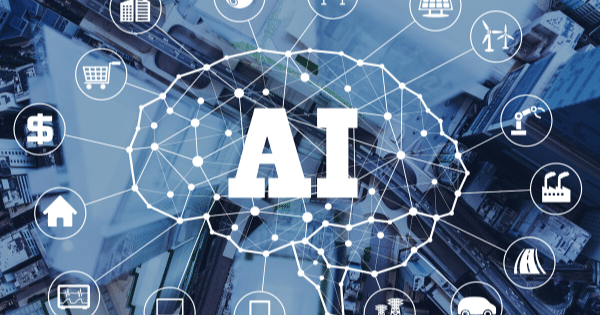
VENDORiQ: Salesforce Launches Generative AI CRM Technology
The launch of Einstein GPT by Salesforce enables the use of natural language prompts to create personalised, AI-generated content for CRM, driving digital transformation and highlighting the importance of AI technology.






